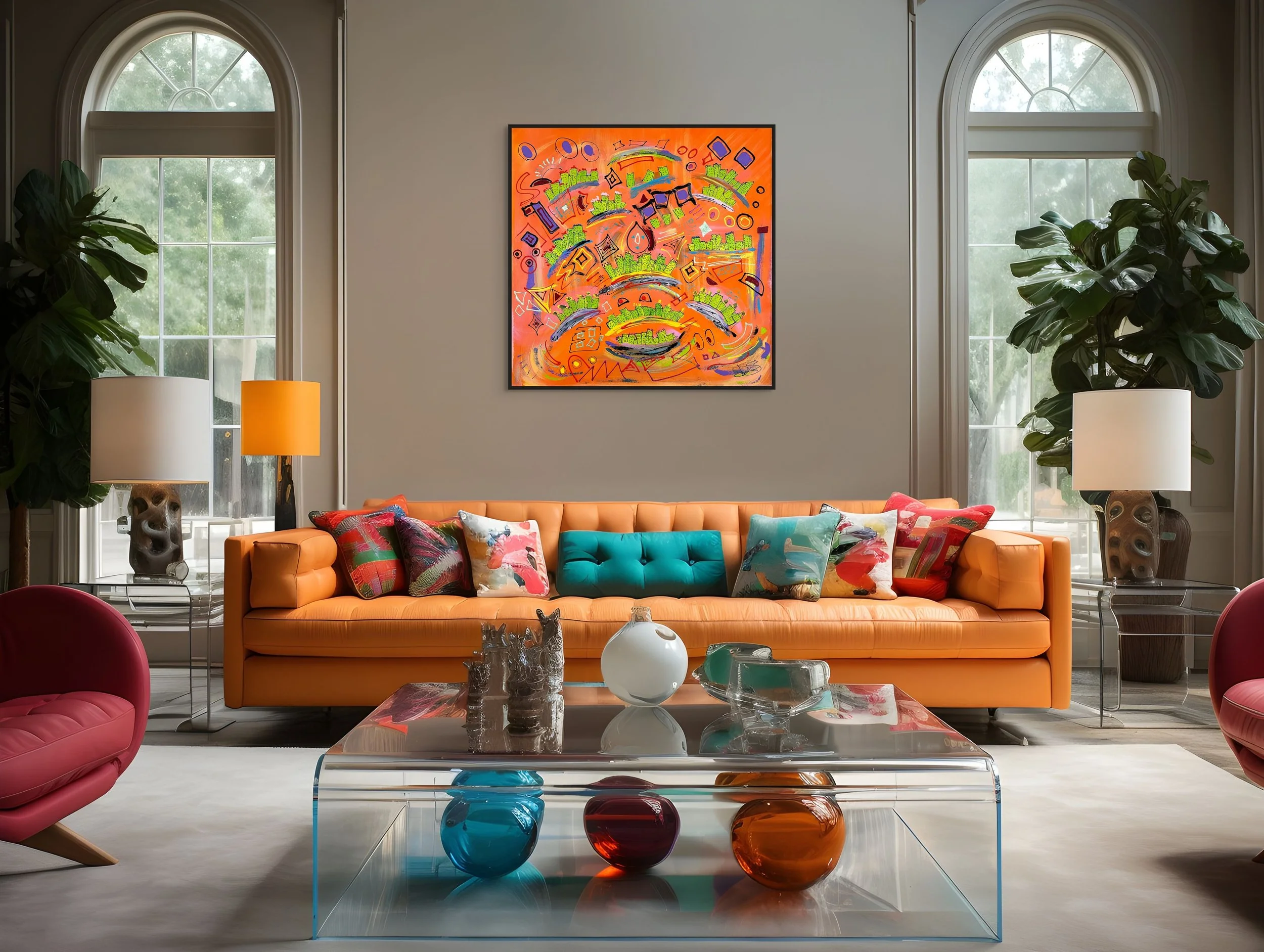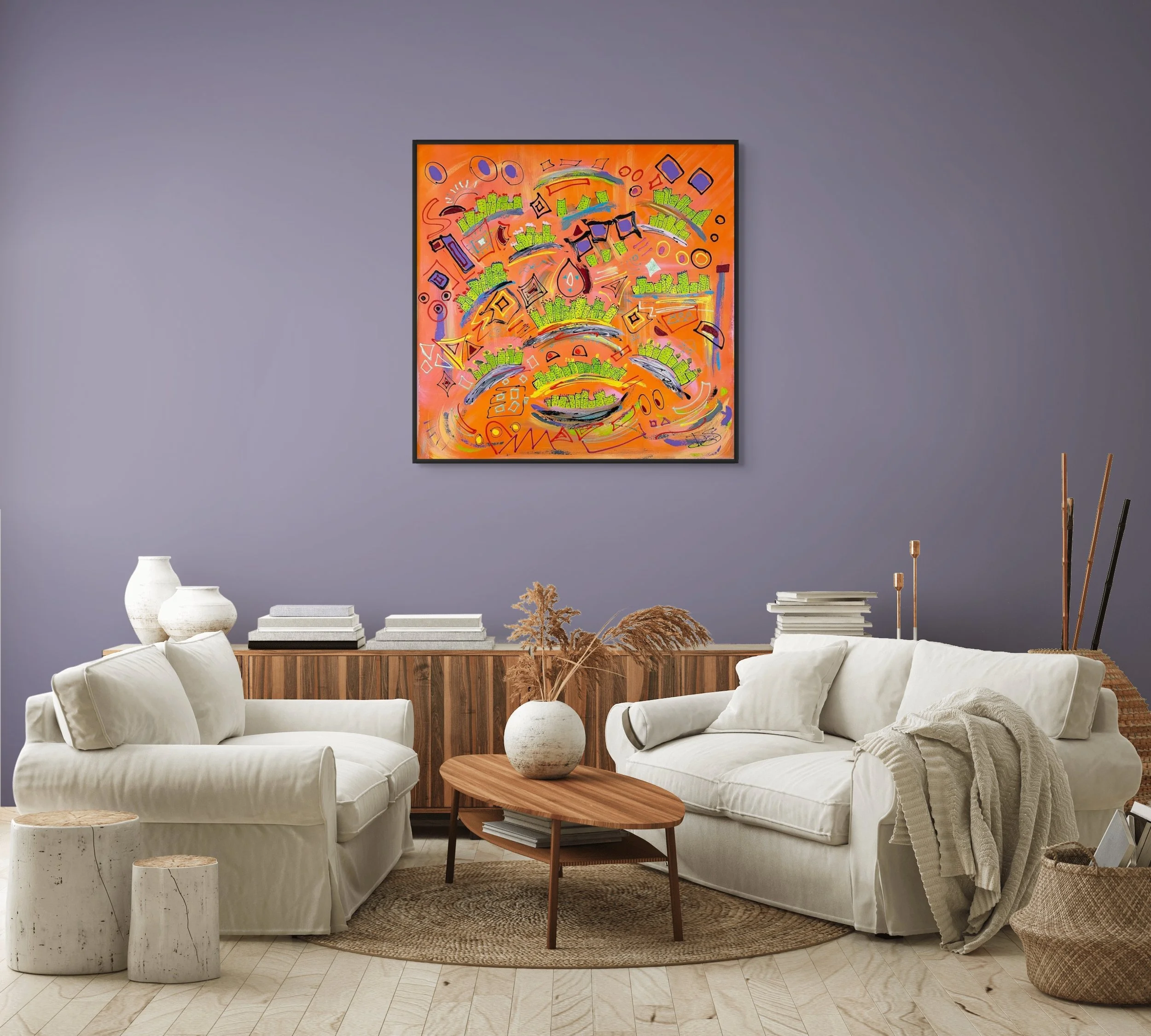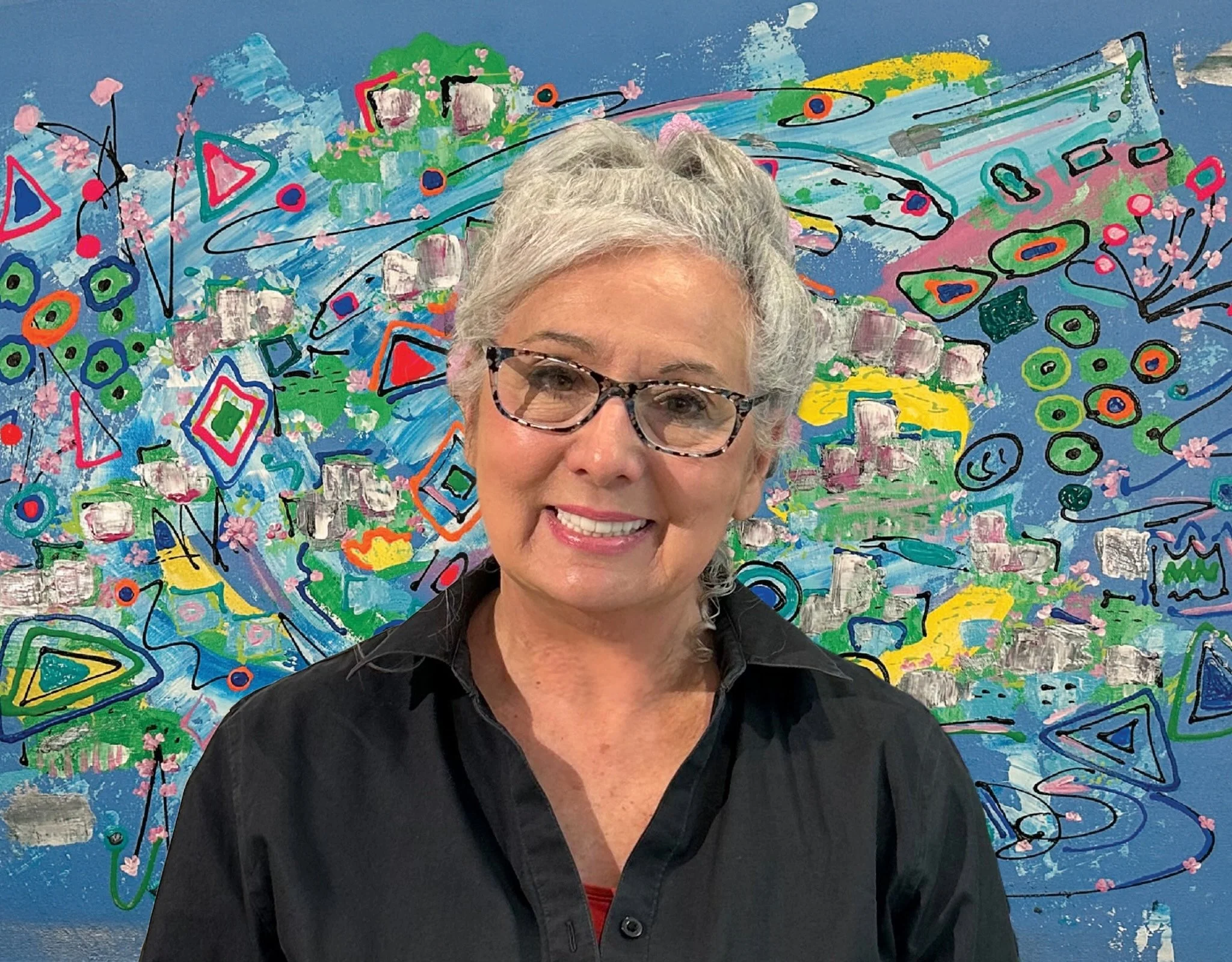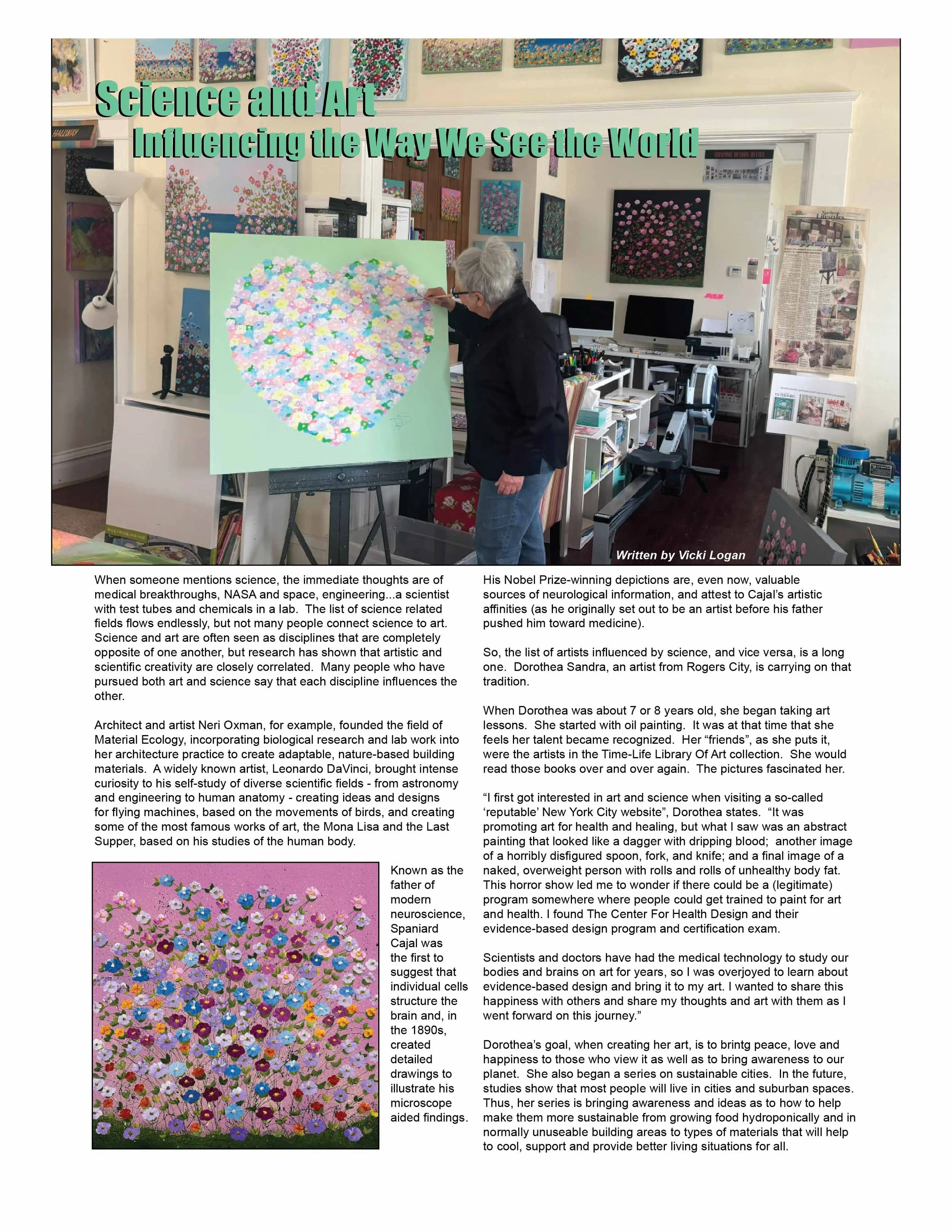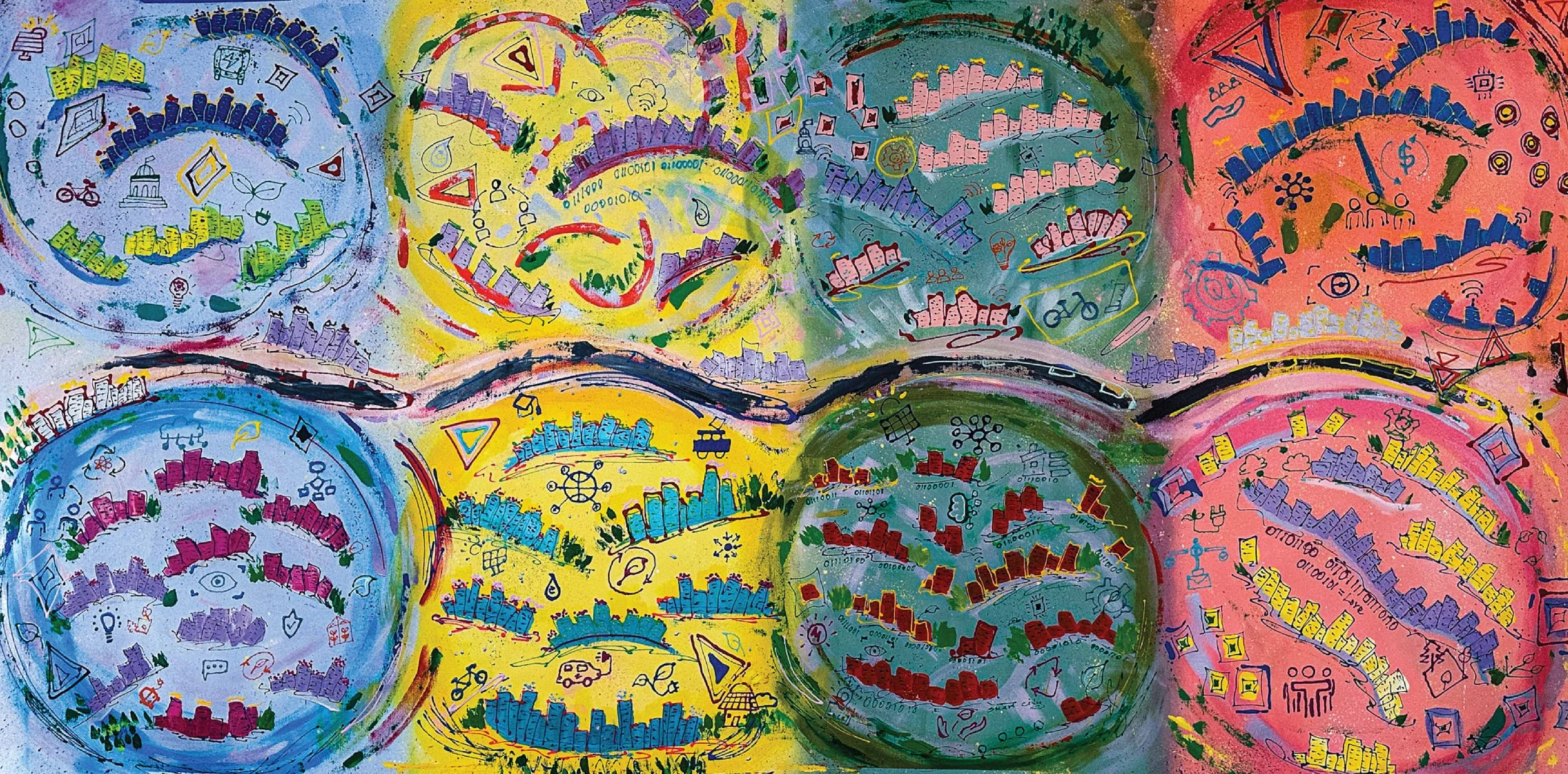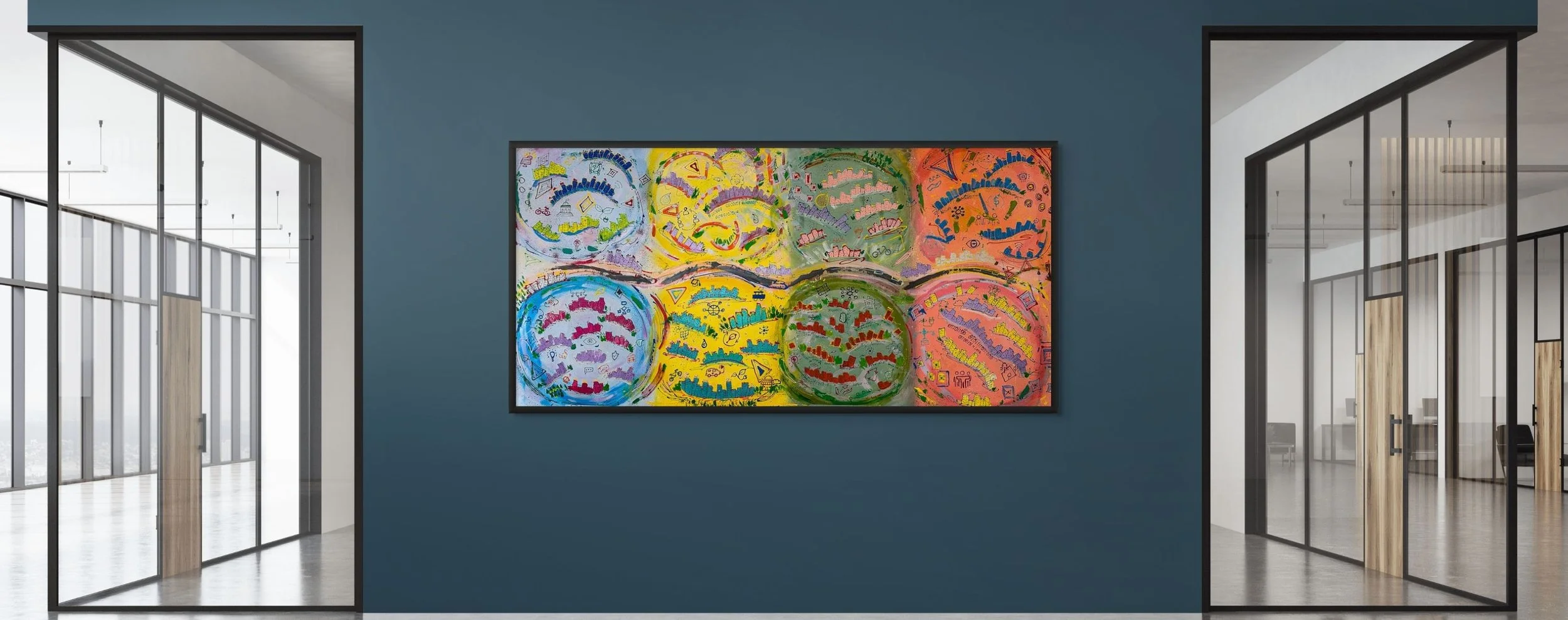Is There Science Behind This Art?
I was one of those odd kids who liked to read the encyclopedia rather than regular children’s books. An encyclopedia set, the British classics, and—my favorite—the entire 28-collection of Time-Life’s Library of Art were in our home’s small library.
While other children were making friends with Winnie the Pooh and The Cat In The Hat, my best friends were Leonardo da Vinci, Claude Monet, Francisco Goya, and other painters from the Time-Life art book collection. Hour after hour and year after year, I learned about the lives of these amazing artistic people, studied their art, and shared many of my deepest thoughts and feelings with them. Something inside me told me they would understand.
One of my favorite artists was Leonardo da Vinci. As a child, I liked how he combined science and art. Maybe that’s why today I like to turn evidence-based, scientific findings into art.
These paintings may look like beautiful works of floral art, but they actually contain quite a bit of evidence-based design science.
The stems are rooted in soil, which suggests a continuation of life. Cut flowers in a vase or a cut bouquet are connected to death since cut flowers are not rooted in life-giving soil and will soon die.
Another example of the science within these paintings is the way the stems have been laid out. I once read in a psychology article that people are wired for survival, not enjoyment. I recently checked this out with AI, and this is what Google AI said:
“Humans are primarily wired for survival, not enjoyment. Our bodies and minds evolved over millions of years to prioritize self-preservation and reproduction. While we do experience pleasure and joy, these feelings serve as motivational rewards to encourage behaviors that aid in our survival.”
In the paintings above, seeing beyond the stems triggers happy brain chemicals like dopamine. Being able to see beyond the stems suggests to our brains that this means safety. Back in the days when humans were hunters, seeing through tall, thick grass kept people safe from hidden predators.
Different evidence-based design examples include the cheerful combination of colors I used and the playful arrangement of the flowers.
In Dynamic Cities Of The Future—which is in a completely different category of art—science is still very much a part of the design. The idea behind this design is that cities of the future can be fun and happy and super smart and sustainable.
Looking closer, actually inside the abstract art, there are smart city technology and sustainability symbology and iconography as part of the design.
Science and art have been combined to make a work of art.
I have been given the great honor of participating in the SWATCH ART PEACE HOTEL artist residency program in Shanghai, China. From mid-February to mid-May 2026, I will be staying at the hotel, where I will receive living and art studio space.
My delight and focus will be to combine science and art by painting smart city technology and sustainability accomplishments throughout beautiful Shanghai and other super fabulous places in China.
Many people have expressed a desire to follow these adventures. If you’d like to come along online, please sign up below.
A NEW ABSTRACT ART STYLE RISING
Fresh art style uses the latest scientific evidence and blends it with floral and abstract art.
Really? What makes this art so different?
It’s clean! It’s fresh! It has a dopamine-triggering happy style!
Evidence-based design artist Dorothea Sandra takes the latest scientific evidence and blends it with floral and abstract art.
Take a look at the first page of a recent magazine article about this rising art style.
In 2024, my Smart City Art series was born, and by 2025, it was featured at the 2025 SRI Sustainability Research and Innovation International Congress held at the Sheraton Grand Riverwalk Hotel in Chicago, June 2025.
Smart City Art series at the 2025 SRI Sustainability Research and Innovation International Congresss in Chicago.
ARTISTIC MERIT OF THE ARTWORK
In this 15-Minute Walkability painting below, which was also featured at the 2025 Sustainability Research and Innovation International Congress, I went deeper into the rhythmic pulse of urban life, where swirls of vibrant paths represent the bustling walkability of a smart city.
Each stroke and color choice pulsates with the dynamic interplay of technology and human connectivity, embodying the chaotic harmony of city living.
It’s a visual symphony that invites viewers to explore an abstract yet deeply interconnected world.
This painting brings an energetic and thought-provoking perspective into any space, enhancing the environment with a sense of modern vitality and colorful complexity.
It’s clean! It’s fresh! It has a dopamine-triggering happy abstract style!
SCIENTIFIC MERIT BEHIND THE ARTWORK
The science of 15-minute walkability is the concept that residents should be able to access their daily necessities and basic services within a 15-minute walk or bike ride from their homes. This human-centered approach to living aims to reduce car dependence, promote healthier lifestyles, improve environmental sustainability, and foster stronger communities by integrating amenities and green spaces into neighborhoods.
“With 70% of the world’s population expected to live in urban areas by 2030, cities have an increasingly important role in shaping human health, quality of life, and happiness. Mobility—the ability to move around freely and easily—is integral to the intrinsic value of a city. The renaissance of sustainable urban mobility has led to the reimaging of urban landscapes and urban areas to reclaim the streets and public spaces for people.
Encouraging walking and physical activity improves not only human wellbeing and health of cities but also manifests social, economic, environmental, and political benefits.”
This painting is no longer for sale. During the 2025 SRI congress, I told the University of Illinois I would donate any painting I brought with me to Chicago. 15-Minute Walkability was the painting they wanted.
I have been given the great honor of participating in the SWATCH ART PEACE HOTEL artist residency program in Shanghai, China. From mid-February to mid-May 2026, I will be staying at the hotel, where I will receive living and art studio space. My delight and focus will be to paint smart city technology and sustainability accomplishments throughout Shanghai and other super fabulous places in China. Many people have expressed a desire to follow these adventures. If you’d like to come along online, please sign up below.




